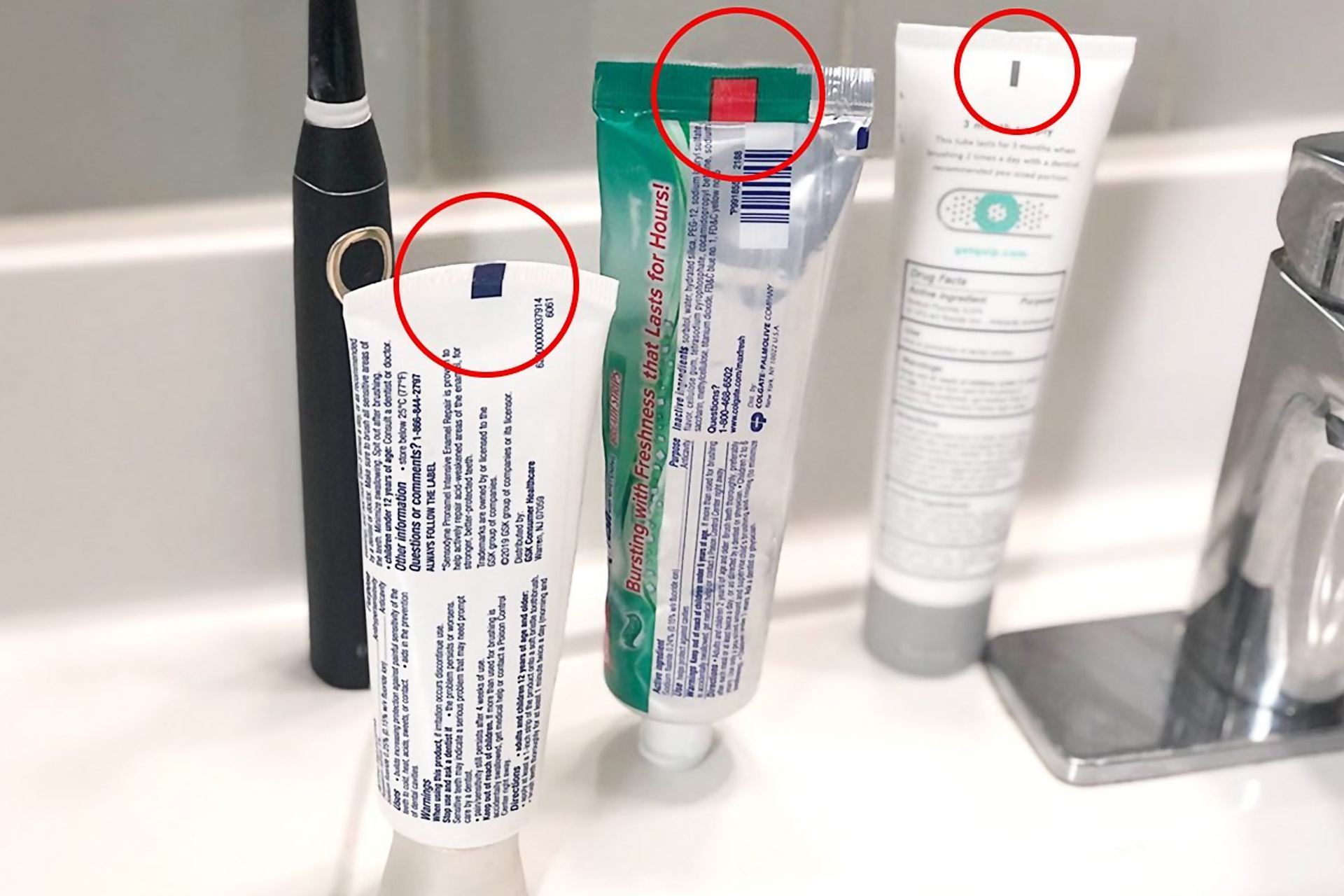There are many reasons to look at food packages, especially for those who are trying to lose weight, or who are keen to eat healthy food;
As these motives are the most common for checking the information and symbols stacked on the packaging of any food product, after every millimeter of the package space has a value, and most of the data and ingredients are shown on it.
Michael Pollan, the American author and author of the 7 best-selling books on food, noted that "most people can't stand to stop at any product that contains more than 5 statements that are difficult to understand or pronounce."
Hence the importance of including “color cues” to help the consumer identify the product, and also to facilitate the task of the producing company in quality control.
This may be for religious purposes sometimes, as is the case in some soda bottles that have a yellow cap, which is different from the colors of their usual caps;
To point out that these sodas are made with sucrose, not corn syrup;
To suit religious Jews who abstain from foods with fermented ingredients on Passover.
Colored "blocks" on the packages
We can tell a lot about what we want to buy food by the design of its packaging and its color;
For example, the color of a popular candy can tell us whether it's regular, crunchy, peanut, or caramel candy.
Also, if we take a quick look at the back of any food package, it's filled with information on the brand, nutritional numbers, known and unknown ingredients, and even portion size.
But there is something else printed under the back of most food packages, which is several brightly colored circles or squares, but they do not concern us at all;
They are intended for packaging print quality control only, according to Reader's Digest.
These color "boxes" come in the primary printing colors that make up the packaging design, such as black, blue, red and yellow, and have nothing to do with the components or quality of the product, according to engineer and printing expert Meg Shiraldi.
And if some of them come in additional colors, such as orange, green, and violet, but if the packaging is printed in one color, such as orange, or two colors, such as cyan and brown, usually each color is represented separately with only one box to monitor its quality.
The benefits of colored bread bands
While you're wandering through grocery shelves, has it occurred to you that this colorful plastic wrap around the neck of a bread bag isn't random, but part of a "color-coding system", widely used in major commercial bakeries around the world, to help you quickly confirm ease of bread production history, and easy for employees to remove old loaves from the shelves;
The colors of the lace indicate which day of the week the loaf was baked.
Bread arrives on the grocery shelf only 5 days a week in some European countries, and each day is indicated by a color, arranged alphabetically for easy recall;
Blue means that this bread was baked first of the week, green for Tuesday, red for Thursday, white for Friday, and yellow for Saturday.
If you want fresh bread, make sure of the color of the day you buy, and try to avoid Sunday and Wednesday, because bread production stops in some countries.
Colorful Potato Chips Bags Circles
In contrast to the different baking bands, you will notice one design that all bags of chips have in common;
It is the multicolored circles stacked below the nutritional information and above the bottom edge of the bag.
These colored circles are not to indicate an expiration date, nor are they an indication of an ingredient in the product, or a measure of quality or flavor, and they have nothing to do with food in the first place.
It's all about checking the print quality of the packaging, making sure it's correct and consistent while ensuring each foil bag matches its design colors;
So that the bags of potato chips in the United States are identical to those in Canada, for example, and around the world.
Milk bottle colors
You'll notice that the milk section of the grocery store is quite colorful, says Morgan Cutolo, because "the color of the label indicates the percentage of fat in the milk";
Blue or yellow indicates that it contains 2% fat, green is 1%, and the whole milk label is in red;
It is distinguished from low-fat and skim milk, which is intended for its purple color.
Although this does not preclude checking the label data before placing the milk in the shopping cart;
Because some brands and grocery stores don't follow this coloring scheme.
The truth about toothpaste end boxes
Writer Melanie Love denies what many people think that "the colored squares at the end of the toothpaste tubes indicate the types of ingredients inside," stressing that "saying that the green square means that only natural ingredients are used, while the blue and red indicate a mixture of natural and chemical ingredients." As for black, it means the use of chemical components only, all of which are not true at all.”
And the real and actual explanation provided by the company "Colgate", saying that "it is good to know the truth, which is that the colored squares at the end of the toothpaste package have no role more than that they help in the manufacture of toothpaste tubes, by telling the light sensors where to place The end of the tube, so that it can be cut and closed properly.
Do not worry
Despite all of the above;
If you can't find the colored squares on a bag of chips or a box of cookies, don't worry;
Because it is an optional ingredient for the manufacturer, it is not useful to consumers, nor is it a rule because some companies exclude color boxes during packaging, and instead check the expiration date.

